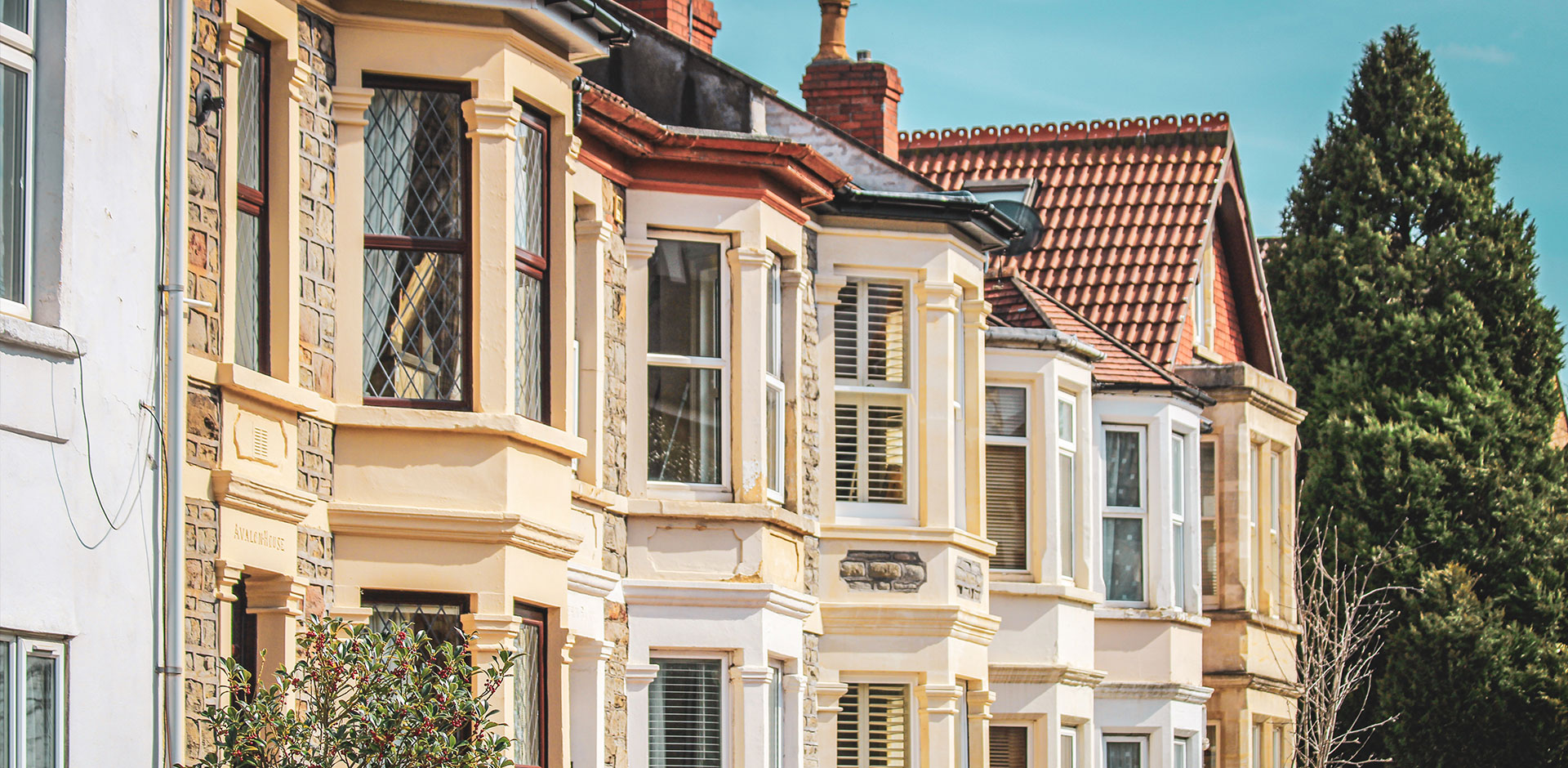CGT on buy-to-let
Reducing your tax bill when selling property.
A combination of financial challenges, eviction bans and a perceived lack of support meant the rental market was hit hard by the COVID-19 pandemic. Now, landlords and tenants are feeling the effects of rising costs.
Landlords are also concerned about rental reform, high taxation and higher energy efficiency standards, according to the UK Landlord Report by Simply Business.
They found that almost half of landlords had sold a property in the last year or are planning to do so, which “comes as little surprise when you consider the pace of market change, as well as tax disincentives such as Section 24 and the stamp duty surcharge”.
That’s not even taking into account the aftermath of the mini-budget announced by former Chancellor Kwasi Kwarteng on 23 September 2022, which piled even more risks onto landlords after the Bank of England signalled it could raise interest rates to 6%. As a result, some buy-to-let landlords may see their profitability decline when they go to refinance their loans.
Data issued by Hamptons suggests many will face losses if interest rates shoot up. It said the average higher-rate tax-paying landlord could expect their annual net profit to plummet from £3,198 to £884 – a 72% decline.
If the most recent 0.5 percentage point rate to 2.25% is passed on to mortgage costs, that could slash average profits to just £212 a year. And if the base rate were only to nudge up to 2.5%, that same landlord could expect to make a loss.
That leaves some investment property owners, in effect, faced with two options: raise rents in the hope a tenant will pay it to keep the landlord in profit territory or sell up. Meanwhile, some analysts predict house prices could fall by up to 20%, which puts more pressure on sellers.
But selling a residential property comes with its fair share of tax obligations, namely capital gains tax, which could end up costing you a fair amount of money. There are, however, ways to mitigate your tax bill.
You should only sell a buy-to-let residential property after talking through your specific situation with a financial adviser.
Capital gains tax on residential property
Capital gains tax is a tax on the profit you make when you sell (or ‘dispose of’) certain assets and property that has increased in value from when you first purchased it.
It is the gain you make that is taxed rather than the total amount of money you receive. For instance, a painting bought for £5,000 and sold later for £25,000 would have made a £20,000 gain.
Therefore, landlords who invest in property to take advantage of house price growth will almost certainly have paid capital gains tax in the past or are likely to do so in the future.
It is paid on:
- most personal possessions worth £6,000 or more, apart from your car
- property that is not your main home
- your main home if you’ve let it out, used part of it exclusively for business, or it is above 5,000 square metres in total
- any shares that are not in an ISA or PEP
- business assets.
You pay a different rate of tax on gains from residential property than you do on most other assets.
If you’re a higher or additional rate taxpayer, you’ll pay 28% on your gains from residential property and 20% on your gains from other chargeable assets.
If you’re a basic-rate taxpayer, the rate you pay depends on the size of your gain, your taxable income and, again, whether your gain is from residential property or other assets:
- Work out how much taxable income you have – your income minus your personal allowance and any other income tax reliefs you’re entitled to.
- Work out your total taxable gains less taxable losses in the year.
- Deduct your annual exempt amount from your net gains.
- Add this amount to your taxable income.
- If this amount is within the basic income tax band, you’ll pay 18% on your gains from residential property (10% for most other assets). You’ll pay 28% on gains from residential property (or 20% on most other assets) on any remaining amount above the basic tax rate band.
If you have gains from both residential property and other assets, you can use your annual exempt amount against the gains that would be charged at the highest rates first.
The annual exempt amount for capital gains is £12,300 for the 2022/23 tax year, and you are entitled to an annual exempt amount each year, so planning your asset or property disposals over the long term is important to save money on tax.
You must report and pay any capital gains tax on most sales of UK residential property within 60 days.
Property developers and businesses
If you own a business that buys and sells property (you’re a property developer, for instance), you do not pay capital gains tax when you sell a property.
Instead, you’ll pay income tax if you’re a sole trader or partner or corporation tax if you’re a limited company.
Non-resident CGT on UK property
Non-UK residents and landlords are liable to pay capital gains tax with a non-resident capital gains tax return if they sold or disposed of UK property before 5 April 2020.
From 6 April 2020, non-resident capital gains tax needs to be reported and paid using the capital gains tax on UK property service if you sold or disposed of:
- residential UK property or land
- non-residential UK property or land
- mixed-used UK property or land (property that has both residential and non-residential elements)
- rights to assets that derive at least 75% of their value from UK land (indirect disposals).
CGT deductions for landlords
Luckily for landlords, there are ways to reduce a capital gains tax bill.
First, the amount of capital gains tax payable will reduce if, at any time during the ownership of the property, the landlord lived there themselves.
If you lived in a property and then moved out to let the property out, you can claim private residence relief for the time you lived there, plus the last nine months you owned the property.
If you lived in your home at the same as your tenants, you might qualify for letting relief on gains you make when you sell the property.
You can get the lowest of the following:
- the same amount you got in private residence relief
- £40,000
- the same amount as the chargeable gain you made while letting out part of your home.
Letting relief does not cover any proportion of the chargeable gain you make while your home is empty.
If you purchased a property with multiple people, you won’t pay the same amount of tax as you would have if you purchased it alone, as the annual exempt amount of all the buyers is applied to the gain..
Landlords can also save money by claiming improvements to their properties as a tax-deductible capital expense. Improvements can be anything from installing cavity wall insulation to building an extension.
In most cases, landlords will have already deducted many of the expenses maintaining their property when completing their annual tax return. If not, there may be allowable expenses against capital gains tax when the property is sold. This also applies to fees associated with buying and selling a property, such as those related to surveyor inspections, solicitors, buy-to-let mortgage brokers, stamp duty and estate agents.
Talk to us about tax on your property.





